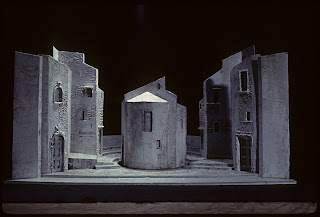Natya
Indian classical dance is a relatively new umbrella term for various codified art forms rooted in Natya, the sacred Hindu musical theatre styles, whose theory can be traced back to the Natya Shastra of Bharata Muni (400 BC)


Nautanki
Nautanki (नौटंकी) is a famous folk theater and operatic drama form, popular in northern India especially in the states of Bihar and Uttar Pradesh . Before the advent of cinema in India, it was the most popular form of entertainment prevalent in these areas.

Pantomime
Pantomime (informally, panto), not to be confused with a mime artist, referring to a theatrical performer of mime, is a musical-comedy theatrical production traditionally found in the United Kingdom, Australia, Canada, Jamaica, South Africa, Japan, India, Ireland, Gibraltar and Malta, and is mostly performed during the Christmas and New Year season.

The telling of a story without words, by means of bodily movements, gestures, and facial expressions
Commedia dell’arte
A type of comedy developed in Italy in the 16th and 17th centuries and characterized by improvisation from a standard plot outline and the use of stock characters, often in traditional masks and costumes.
Italian : commedia, comedy + dell'arte, of the guild, professional (from arte, art, craft, guild).
From Oxford dictionary of dance :
Italian improvised comic theatre popular from the 16th to 18th centuries, whose stock characters, such as Harlequin and Columbine, are familiar to audiences all over Europe. The form, which from the start incorporated many dance-like elements such as acrobatics and pantomime, has provided the inspiration for many ballets, from Petipa's Les Millions de Harlequin (1900), to Fokine's Carnaval (1910), Massine's Pulcinella (1920), and Tetley's Pierrot lunaire (1962).


Physical theatre
Physical theatre is used to describe any mode of performance that pursues storytelling or drama through primarily and secondarily physical and mental means. There are several quite distinct but indistinct traditions of performance which all describe themselves using the term "physical theatre", which has led to a lot of confusion as to what the definition of physical theatre actually is.


sources:
www.answers.com
www.google.com/image

















